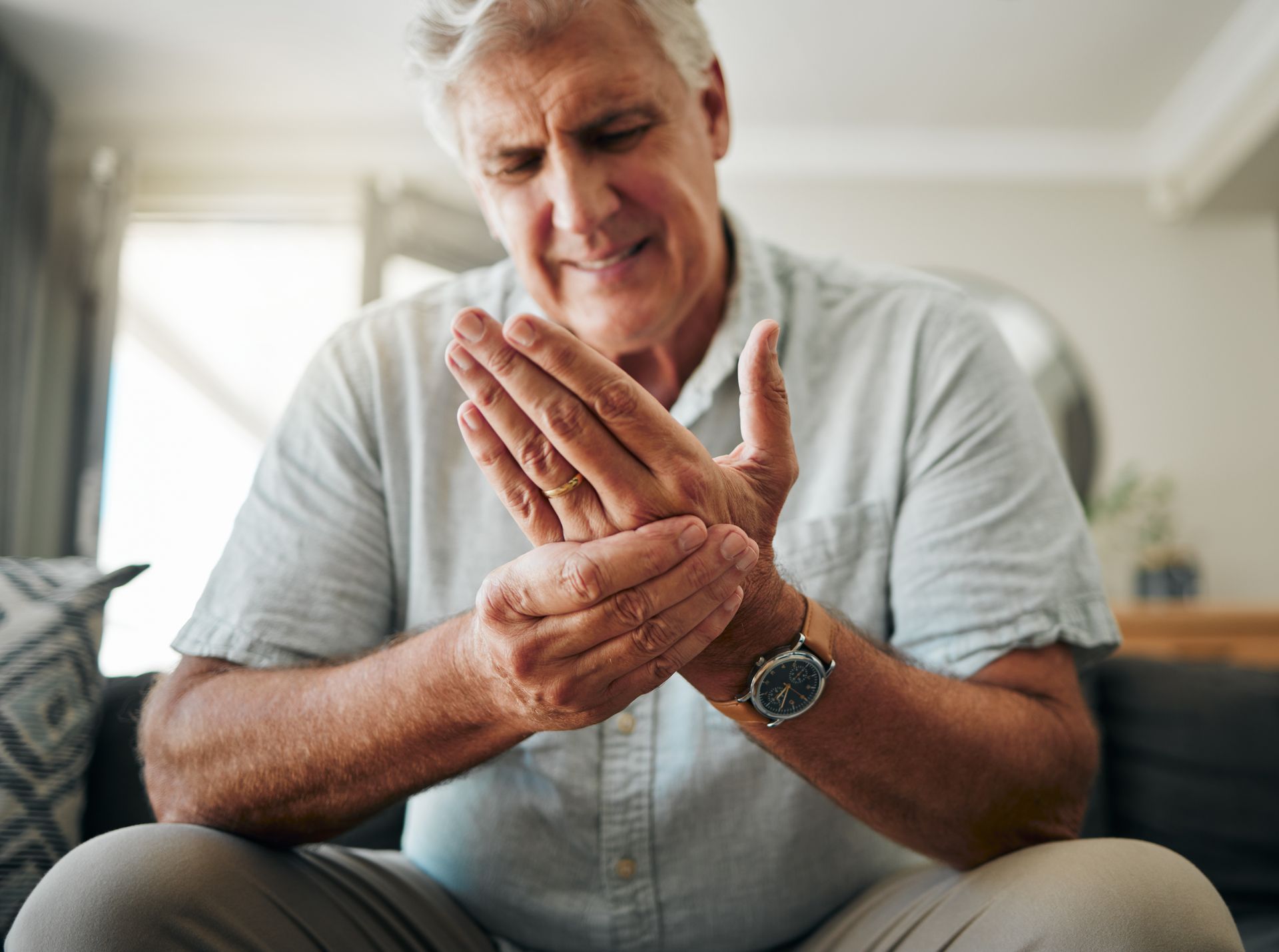Empowering Recovery And Prevention Using The McKenzie Method For Pain Relief
Everyone deserves to be able to do daily activities without pain and stiffness in their back and neck. Using the McKenzie Method for pain relief enables people to take back control of their lives. The McKenzie Method of Mechanical Diagnosis and Therapy® empowers patients with the skills they need to control pain without injections or surgery. This evidence-based method has been used for decades to relieve back, neck, and extremity pain.
WHAT PHYSICAL PROBLEMS DOES THE MCKENZIE METHOD ADDRESS?
The method helps with nearly all musculoskeletal issues in the back, neck, and joints, such as:
- Arthritis
- Sciatica
- Muscle spasms
- Numbness of hands and feet
- Degenerative disc disease
- Sacroiliac joint pain
WHAT IS THE MCKENZIE METHOD FOR PAIN RELIEF?
This holistic program is an exercise-based approach to assessment, diagnosis, treatment, and prevention. Physiotherapist Robin McKenzie developed the process in the 1950s, and since then, decades of clinical practice and research have shown their effectiveness. The treatment principles focus on the body’s ability to repair itself without medication, ultrasound, and surgery. The goal is to empower clients to manage their own symptoms and reduce reliance on medical intervention.
The process is an efficient way for providers to understand symptoms accurately, determine the best treatment approach, restore functionality, and educate clients in self-treatment and prevention. A qualified provider will also know when to refer for medical testing if needed.
THE 4 STEPS OF MECHANICAL DIAGNOSIS AND THERAPY
- Assessment
The clinician looks at the client’s history, symptoms, and behavior to determine the problem’s cause. The patient performs specific movements and positions to assess range of motion that help the provider diagnose the issues. - Classification
MDT addresses each issue using an overarching classification system. Specific musculoskeletal symptoms require particular mechanical procedures. For example, pain caused by movement requires different techniques than pain caused by scarred tissue. - Treatment
The assessment and classification help determine the treatment. The therapist develops an individualized treatment plan with exercises and advice for posture and adaptive movement. The clinician may also apply hands-on manipulation until the patient can manage their pain. - Prevention
Symptoms may reoccur after therapy ends. By teaching clients to treat their conditions, the therapist empowers them to minimize the risk of further complications. People can learn to manage chronic problems through self-maintenance.
PAIN RELIEF EXPERTS
Our clinicians have over 100 years of combined experience in manual therapy, including using the McKenzie Method for pain relief. With an emphasis on education and lifestyle modification, we empower patients to control their pain for the long-term. Contact us to learn if this treatment is right for you.












